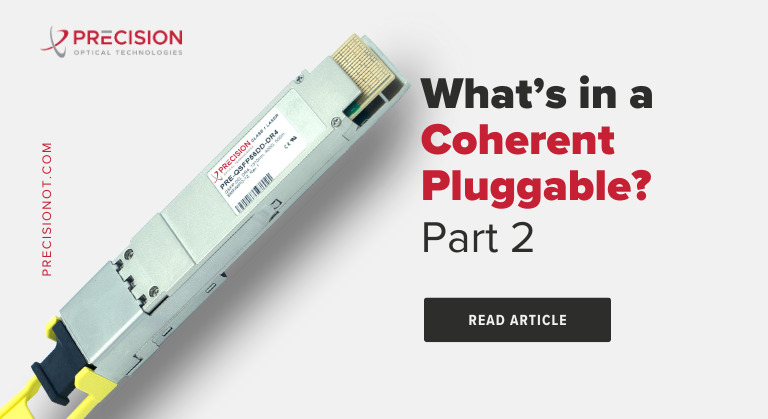
From Cloud Computing to Fog Computing

What is Fog Computing?
As the Internet of Things (IoT) becomes more prevalent, there is a rapidly growing need to provide better network-wide support for all types of devices working together in tandem. Fog computing is a technology aimed at alleviating the strain on data centers by distributing the resources and services of computation over a broader area of the network.
As an added benefit, fog computing places emphasis on proximity to end users. Instead of routing all communications to a central data center (as with cloud computing), servers or devices near the end-user are utilized to reduce latency and produce better quality and accuracy.
Enter the OpenFog Consortium
In November of 2015, the OpenFog Consortium was launched through a collaborative effort involving several organizations including Dell, Intel, Microsoft and Princeton University. The Consortium’s goal is to facilitate the growth of IoT by building the initial frameworks and architectures of fog technologies.
Will fog computing actually introduce more complexity, thereby reducing efficiency? According to the Consortium Chairman, Helder Antunes, even with the added complexity, fog computing promises to be a better solution for IoT applications. Cloud technology suffers from long distances between data sources and processing facilities, which causes problems of latency, reliability and security. By making use of hardware resources both near and far, fog computing mitigates these problems.
The Internet of Things has sparked the imagination of technology corporations, but these visions have also brought a fear of billions of devices overloading cloud-based data centers. The emerging field of fog computing looks to be the solution that will allow new IoT technologies to flourish.
For more information about emerging technologies in the field of telecommunications or to speak to a representative about our optical transceivers and related optical components, feel free to contact us.






